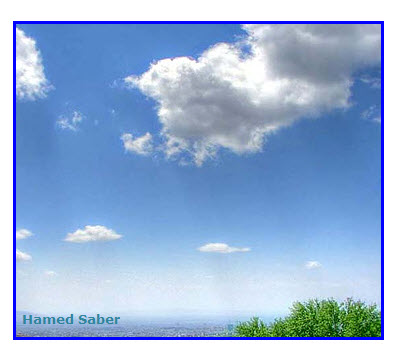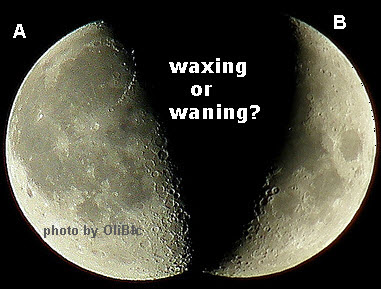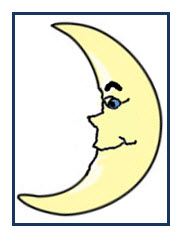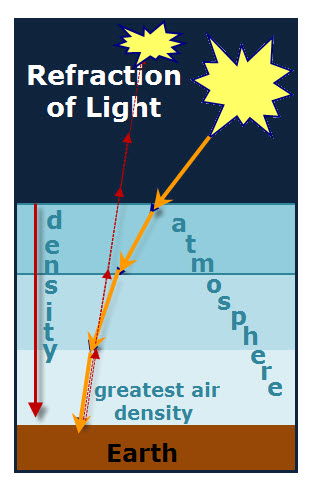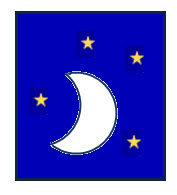Question: What is the atmosphere? Answer: Some planets, such as Earth and Venus have a layer of gas surrounding the planet, which is called the atmosphere. Earth’s atmosphere reaches out from Earth’s surface for over 350 miles (560 kilometers). The atmosphere diagram (left) represents the density of air in Earth’s atmosphere. The blue dots represent […]
Waxing Moon vs. Waning Moon
Question: What does waxing and waning mean? Answer: The term waxing means to increase. The term waning means to decrease. Question: When viewed from the Northern Hemisphere, how can you determine if the moon is waxing or waning? The moon phases in the diagram show an increase in the lighted area from day 1 to […]
Scientist: Caroline Lucretia Herschel
The German astronomer, Caroline Lucretia Herschel (1750-1848) was born in Hanover, Germany. At the age of ten, Caroline had typhus, a disease that stunted her growth; she never grew past four foot three inches (1.28 m). Because of her height, Caroline’s father believed that she was not pretty enough for a man to ever want […]
Ceres vs Moon
To identify Earth’s Moon, it is generally capitalized. In this activity, the size of the celestial body, Ceres, is compared to the size of the Moon. MAKE A MODEL COMPARING THE SIZE OF CERES TO THE MOON 1.Use a pencil and ruler to make two dots on a 12-inch (30-cm) square piece of poster board […]
Moon Illusion
Question: Why does the Moon follow us everywhere we go? Answer: Sky watchers from the beginning of time have observed the presence of the Sun and Moon no matter where they travel. Early astronomers’ explanation of this phenomenon was that Earth is flat and has a dome over it. The dome acted as a background […]
Earthshine
Question: What does earthshine mean? Answer: The photo of the Moon at the right shows a lighted crescent shape plus the remaining part of the Moon can barely be seen. This shadowy section of the Moon can be seen because of earthshine, which means a faint light reflected from Earth’s surface lights up the darkened […]
Stellar Scintillation: Twinkling Stars
Science Project Idea Why Do Stars Twinkle? Facts What Do You Want to Find Out? Stars appear to twinkle because star-light refracts as it passes through Earth’s atmosphere. 1. What is light refraction? 2. What causes the star-light to refract? 3. Does the angle of the light affect how it might refract? 4. […]
Dwarf Planet
Astronomy for Every Kid: 101 Easy Experiment That Really Work A dwarf planet is a celestial body that: orbits a sun has enough mass to give it a nearly round shape is not a satellite of another object has not cleared out all the objects in its own orbit This definition of a dwarf planet […]
Moon Movements
The far side of the Moon is the side that never faces Earth, and it is not always dark. In fact, a little more than half of the Moon’s surface is lit all the time. From Earth, you can only see about half of the Moon’s surface and it is always the same. So how […]
Moon Phases
The Moon is the largest and brightest object in the night sky. It is also one of the most observed celestial body. Even so most children and adults have little knowledge about it. They know that the lighted part changes shapes and most know that it happens every month. But few know why. The Moon […]
